Si tiene árboles frutales en su jardín, es importante prepararlos adecuadamente para las temperaturas frescas y las heladas del invierno. Los árboles frutales sin protección son vulnerables a los daños por heladas que pueden afectar la salud del árbol en los años venideros.
La protección de sus árboles frutales está en consonancia con otras tareas que debe realizar en otoño en preparación para el invierno e implica limpiar su jardín y agregar materiales de protección. A continuación, encontrará la guía paso a paso para mantener sus árboles frutales a salvo de las heladas.
Herramientas que necesitará
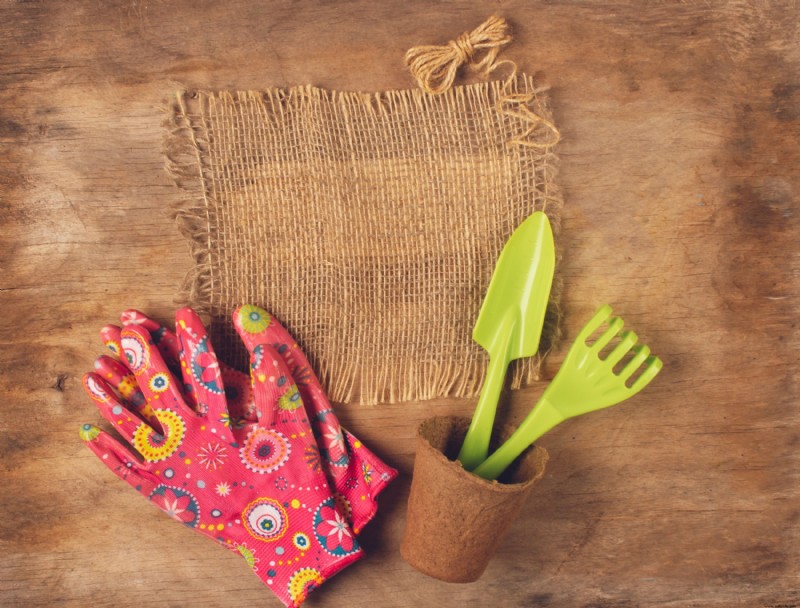
¡Preparar sus árboles frutales para el invierno en realidad requiere menos herramientas que cuidarlos durante la primavera y el verano! Encuentra los elementos esenciales que se enumeran a continuación.
- Manguera o lata de riego
- Guantes de jardinería
- Mantillo
- Envoltura protectora para árboles o arpillera
- Cuerda elástica
¿Por qué es importante prepararse para las heladas?
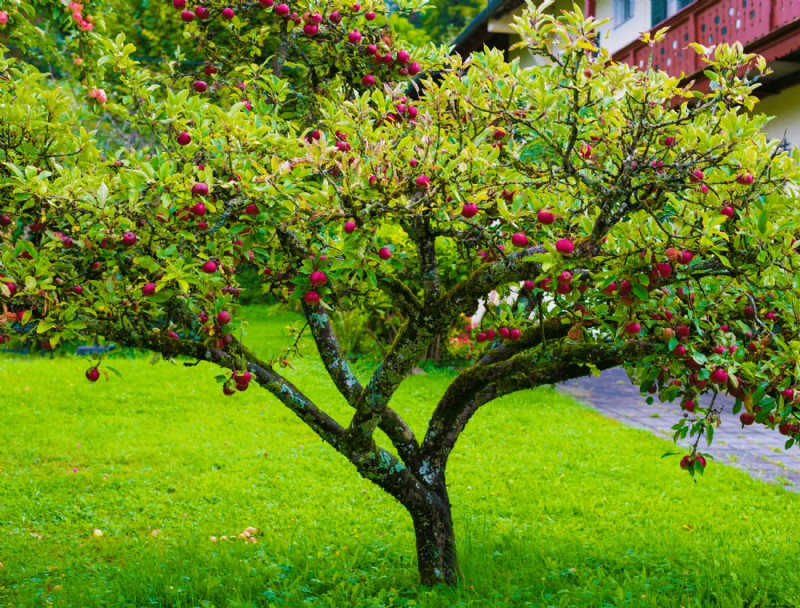
Las raíces de los árboles frutales absorben los nutrientes y el agua del suelo y los llevan a las ramas, hojas y frutos del árbol durante el verano. Pero cuando llega el otoño, las raíces almacenan agua y nutrientes a medida que la planta entra en estado latente. Esto hace que las raíces sean propensas a congelarse. Si las raíces se congelan, morirán, lo que es perjudicial para la vida del árbol.
El primer paso para proteger sus árboles frutales es conocer la fecha prevista de heladas en su área. A partir de ahí, puede planificar en consecuencia y seguir los pasos que se indican a continuación.
Proteger los árboles frutales de las heladas
Paso 1:riego, poda y fertilización
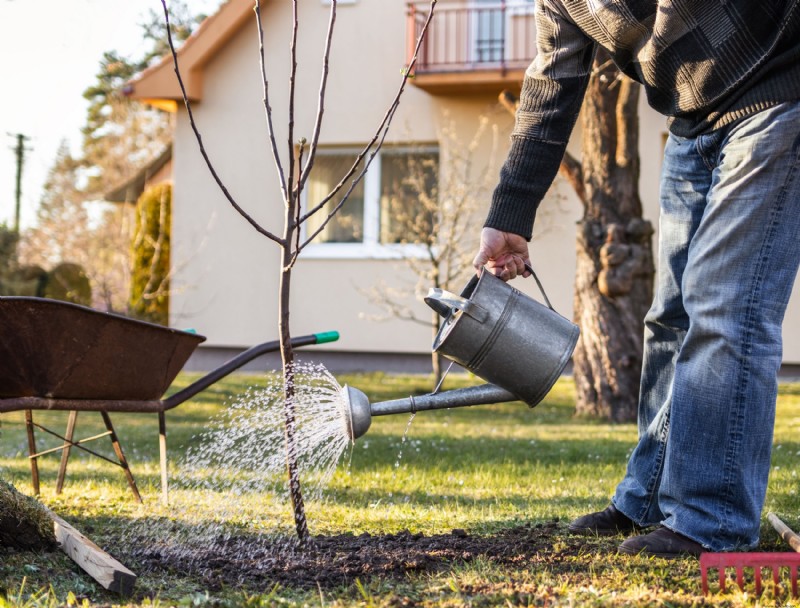
El riego es uno de los aspectos más importantes de la preparación de sus árboles frutales para una helada. La tierra húmeda absorberá más radiación solar y mantendrá el calor durante la noche, pero el agua también atrapará el calor cuando se congele, actuando como aislamiento alrededor de las raíces. Las células vegetales se llenarán de agua, haciéndolas más resistentes al daño por frío.
Remojar (pero no regar en exceso) la tierra alrededor de los árboles frutales antes de que se congele es la mejor manera de protegerlos de las bajas temperaturas.
La poda y la fertilización generalmente se realizan para estimular un nuevo crecimiento, por lo que no es una buena idea realizar estas tareas en el otoño. Las ramas tiernas y los brotes nuevos son vulnerables a las heladas y pueden caerse debido al frío.
Paso 2:Aplicar mantillo
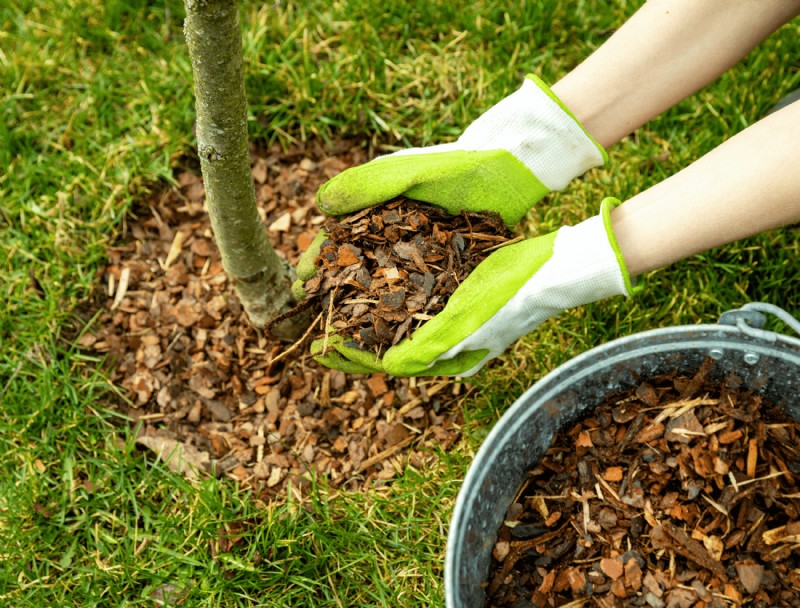
Cleaning up dead leaves and fruit is essential if you want to prevent pests and diseases, and it’s also part of regular fall chores. You should also weed the area as you normally would; The bare soil will help absorb and reflect heat best.
Once the space is clear, apply 3 inches of mulch as a layer of insulation that also prevents moisture loss. You can use wood chips, straw, or even newspaper.
Consejo profesional :Keep the mulch about 6 inches away from the trunk of the tree. A build up of mulch around the trunk can cause the bark to rot.
Step 3:Apply a Covering
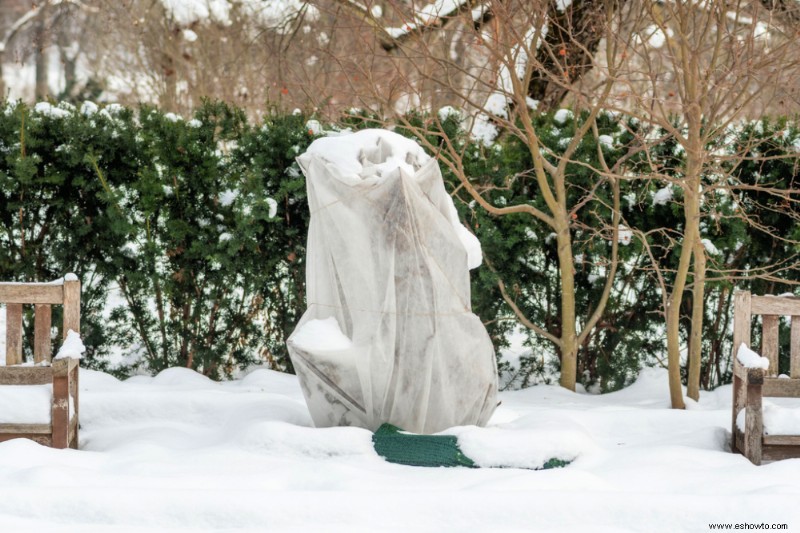
Along with mulch and watering, you can apply a covering. First, consider the hardiness of the tree in your area – citrus trees don’t like to be in the cold, but apple trees tend to be hardy. If you live in a milder area, you won’t always need a covering.
New growth is susceptible to cold damage, so it’s crucial to cover the buds and the branches of the tree if you live somewhere cooler and want to see growth in spring and summer.
Drape a large sheet of burlap, a blanket, or protective tree wrap over the top of the tree. You can create a structure around the plant to lay the burlap over, so the fabric does not cling to the foliage to prevent cold damage.
Either secure the base with rocks or bricks if the tree is short, or use a bungee cord to hold it in place. This cover will act as insulation, keeping the warmth inside.
Consejo profesional :Do not use plastic as a covering since it can actually absorb the cold and damage any branches or buds it touches.
Optional:Bring Indoors
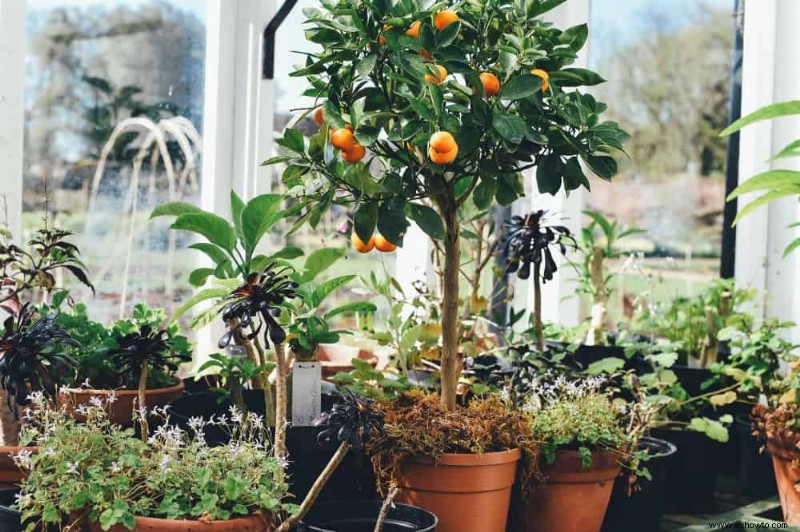
You can protect potted fruit trees by bringing them in your garage, a shed, or even a greenhouse during the winter. Ensure you either wrap the tree or bring it indoors before the first frost or when temperatures dip below 30 degrees Fahrenheit at night.
Place the tree in an unheated location where temperatures won’t drop below freezing to help it last the winter. Consider wrapping the tree if the location becomes too cold.
There are also some fruit trees you can grow indoors.
Winter is Coming!
Protecting your fruit trees is a simple yet essential process. Keeping the trees well-watered will prevent frost damage because the ice acts as insulation and mulch adds an extra layer of protection. Avoid pruning and fertilizing so you don’t encourage new, vulnerable growth and apply a protective cover to the branches if necessary.
Do you have any tips for protecting fruit trees in the winter? ¡Comparte en los comentarios a continuación!

